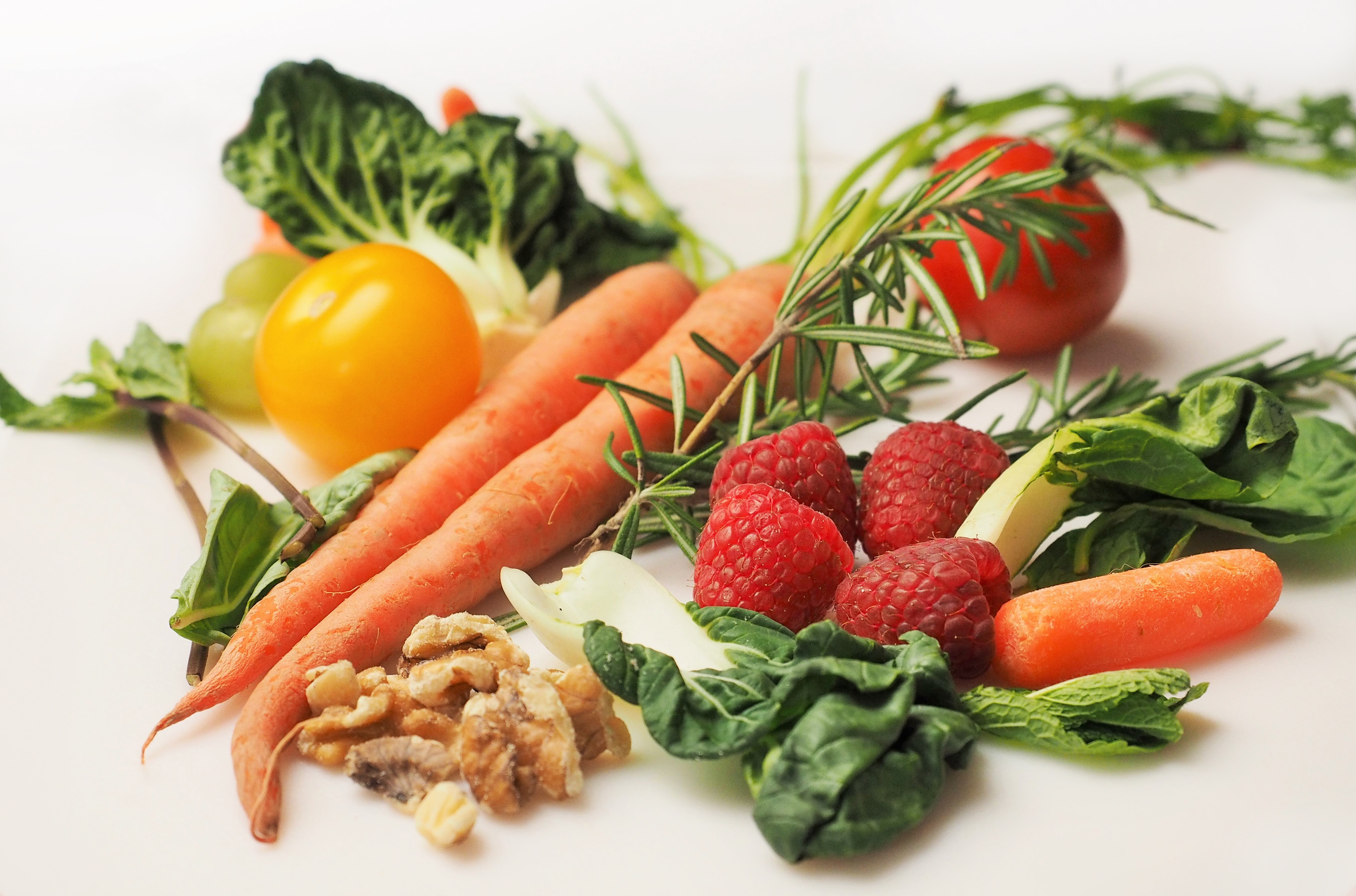The word “Probiotic” comes from the Greek language, which means “for life”. Probiotics are defined by them as “live micro-organisms which when administered in adequate amounts, confer health benefits on the host”(Food Agriculture Organization (FAO)/WHO 2001).
Though the benefits of probiotics in the gut are well recognised the attempts of exploration of potential benefits of probiotics in oral health are still growing.
The human mouth is inhabited by approximately 1000 different species of bacteria at 108–109 bacteria per mL saliva or mg dental plaque!
The idea behind tapping potential of probiotics in maintaining oral health is the fact that our mouth provides a niche to a plethora of micro-organisms which may be replaced by more beneficial organisms found in probiotics, preventing, halting or reversing the diseases process. Strains belonging to the Lactobacillus, Streptococcus and Bifidobacterium genera are most commonly investigated as regards probiotics. In India, sporolac i.e., Sporolactobacilli is commonly used as probiotic.
Composition of Probiotic
Probiotics can be yeast, bacteria or moulds. Most commonly, they are bacteria. Some of these bacterial species are:
1. Lactic acid producing bacteria (LAB): Lactobacillus, Bifidobacterium, Streptococcus.
2. Non LAB species: Bacillus, Propionibacterium
3. Non-pathogenic yeasts: Saccharomyces
Probiotics are available in the form of powder, liquid, gel, paste, granules, capsule or sachets. Commercially marketed probiotics can be available in the form of Milk, Yogurt, Straw, and Ice-cream. Medicinal preparations are available as mouth rinses, tablets, and lozenges
Probiotics
Potential and established systemic health benefits include:
• Improved intestinal health
• Modulation of the immune response`
• Reduced risk of cancer
• Reduced risk of cardiovascular diseases
• Improved tolerance of milk
How Probiotic can improve oral health?
-
Probiotic directly interacts with the bacteria within the dental plaque, disrupting of plaque formation. Probiotic compete with indigenous species for binding sites on host tissues and competing for nutrients. Probiotic species that inhibit other oral bacteria by secretion of antimicrobial substance: Organic acids, hydrogen peroxide, peptides, bacteriocins and anti-adhesion molecules.
-
In the indirect approach, Probiotic alter body response to micro-organisms. Probiotic may downregulate the production of inflammatory substances, enhance mucin production and barrier function, promoting wound healing.




